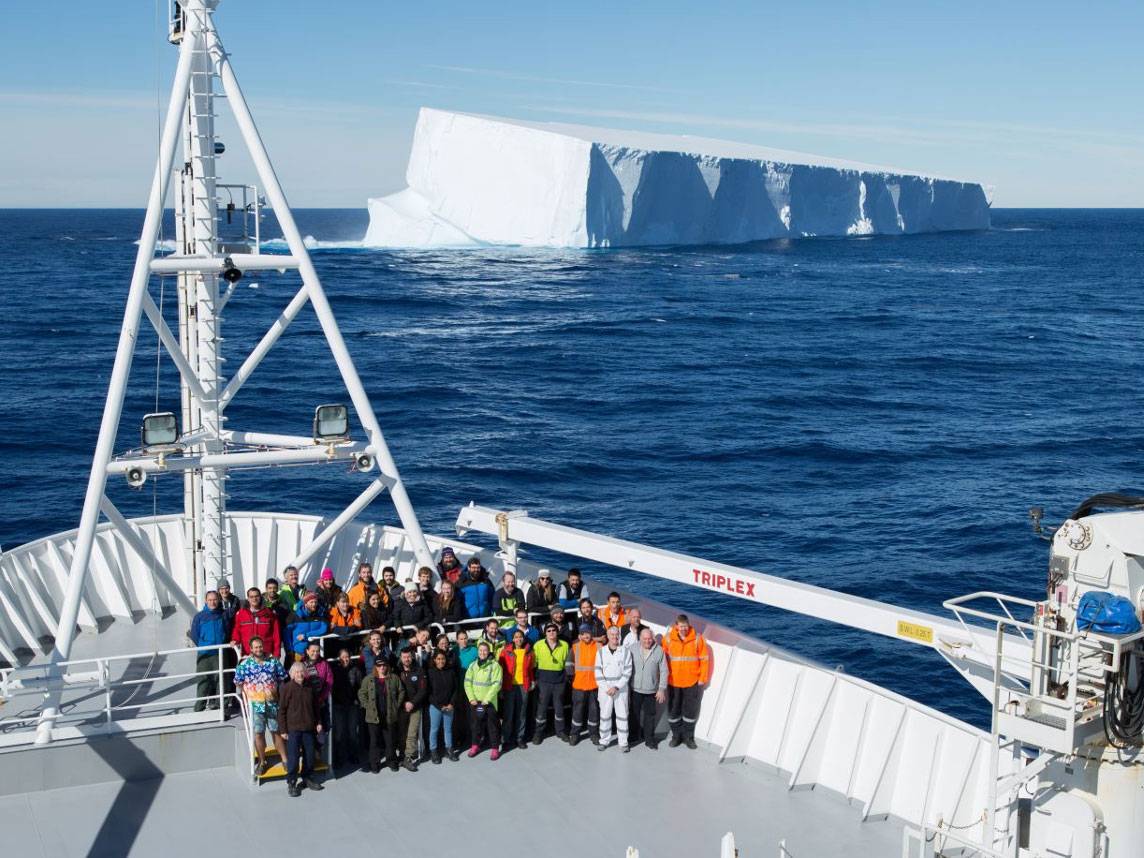A new study featuring Professor of Earth and Environmental Geosciences Amy Leventer has revealed the presence of canyons off Antarctica that serve as pathways for relatively warm ocean waters to move toward the continent. These waters, which circulate in from the nearby Southern Ocean, are now known to melt Antarctica’s largest glaciers from beneath their surface.
Using sonar technology, Leventer and the team based out of Italy’s National Institute of Oceanography and Applied Geophysics mapped a network of canyons off of East Antarctica. By examining the sediments deposited in these pathways, the researchers provided evidence for longer-term flow of these warm waters toward two of East Antarctica’s largest glaciers: the Totten and the Ninnis.
“Currently, the Totten Glacier is known to be losing ice mass, though this information is relatively recent given the remote nature of this part of Antarctica, making access by sea or by air very difficult,” says Leventer.
Over the past decade or so, expeditions to this region have uncovered findings that point to the susceptibility of the East Antarctic ice sheet to melting — a region termed the “Sleeping Giant.” As glaciers melt, this water is returned to the ocean, threatening coastlines due to the rise of global sea levels.
Although their study focuses on East Antarctica, these canyons are found all around the margin of the continent. “Understanding the longer-term history of warm-water flow through canyons toward the Antarctic continent will provide a crucial perspective on the loss of glacial ice today,” says Leventer.
